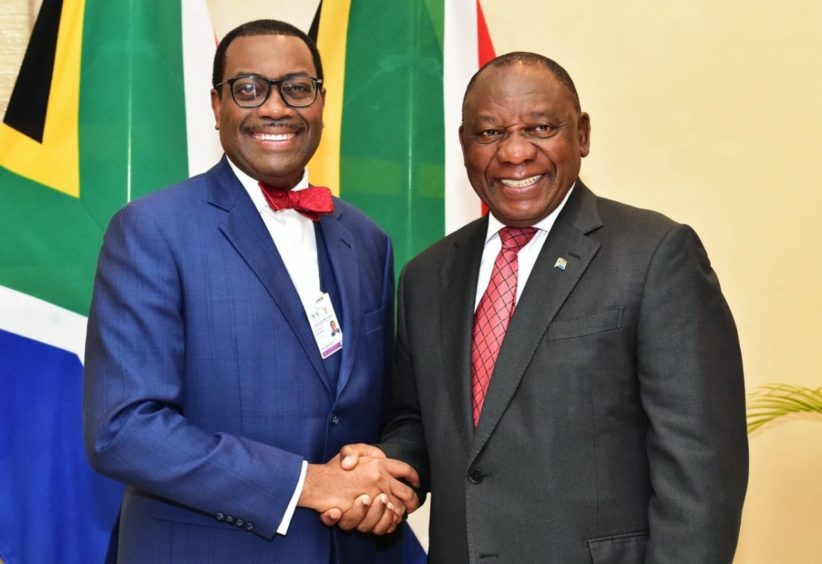
South Africa will issue two renewable energy bid windows this year, one in “the coming weeks”, South African President Cyril Ramaphosa has said.
The country is also relaxing rules on embedded generation, which has previously limited facilities to under 1 MW.
Speaking during the State of the Nation Address (SONA), Ramaphosa said the government would hold Bid Window 5 imminently. This aims to attract 2,600 MW of wind and solar power, he said. Another bid window will follow in August 2021.
The Department of Mineral Resources and Energy will announce the winners of the country’s 2,000 MW of emergency power request soon, Ramaphosa said.
South Africa aims to procure another 11,800 MW of power from a variety of sources, in line with the Integrated Resource Plan (IRP) 2019. This will include renewable energy, natural gas, battery storage and coal, he said.
The country will be short 4,000-6,000 MW over the next five years, according to Eskom. Ageing coal power plants will drive this shortage. It is in a bid to address this that the country is working on the two renewable energy bid windows.
During SONA, Ramaphosa said that restoring Eskom’s “operational and financial health” and carrying out restructuring was essential to increasing generation.
The company is making progress in improving reliability of its coal fleet, he said. “We are working closely with Eskom on proposals to improve its financial position, manage its debt and reduce its dependence on the fiscus.”
South Africa is reviewing energy tariffs “to ensure that it reflects all reasonable costs and measures to resolve the problem of municipal debt”.
Independence
While Eskom remains crucial to South Africa’s government and economy, Ramaphosa allowed that the previous hard line was softening. Regulations have been changed, he said, to allow municipalities to buy power from independent power producers (IPPs).
The government will amend Schedule 2 of the Electricity Regulation Act within the next three months, the president said. Easing licence requirements for embedded generation projects could provide another 5,000 MW of additional capacity, he said.
South Africa will hold talks with various stakeholders on where to set the new threshold. Meridian Economics, in January, suggested the government lift the limit from 1 MW to 50 MW.
Eskom has begun working on how to allow additional capacity into the grid.
Ramaphosa also highlighted efforts on cutting greenhouse gases. Eskom has committed in principle to net zero by 2050. “Eskom will be looking to partner with investors to repurpose and repower part of its coal fleet,” the president said.
The Presidential Co-ordinating Commission on Climate Change will meet for the first time in February.
South Africa has been somewhat resistant to moving away from coal generation, citing concerns over employment.

